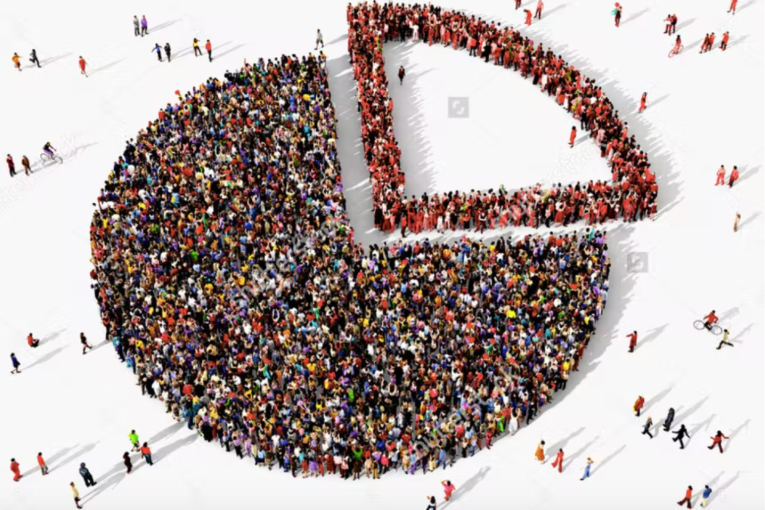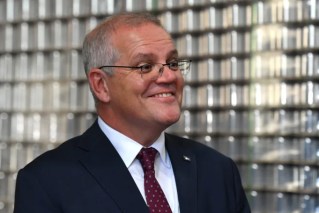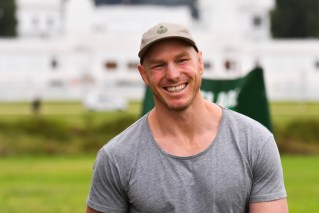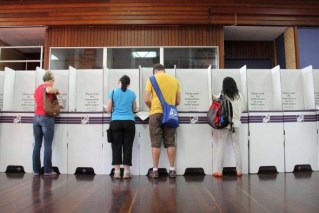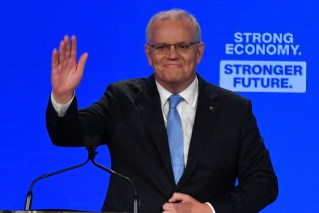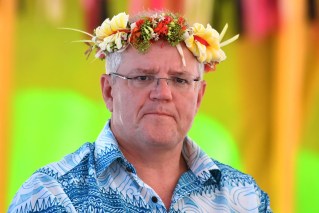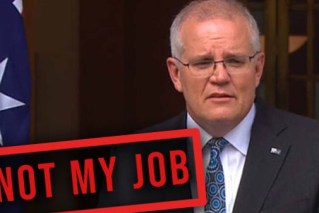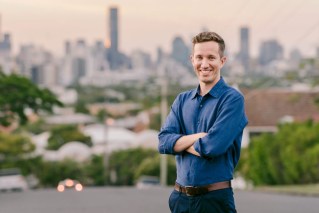Down for the count: The race within a race, and why this man is smiling
As everyone looks at the House of Representatives and who will get a majority to form government, Dennis Atkins thinks the race for the Senate shouldn’t be ignored. As always Queensland is in the thick of it.

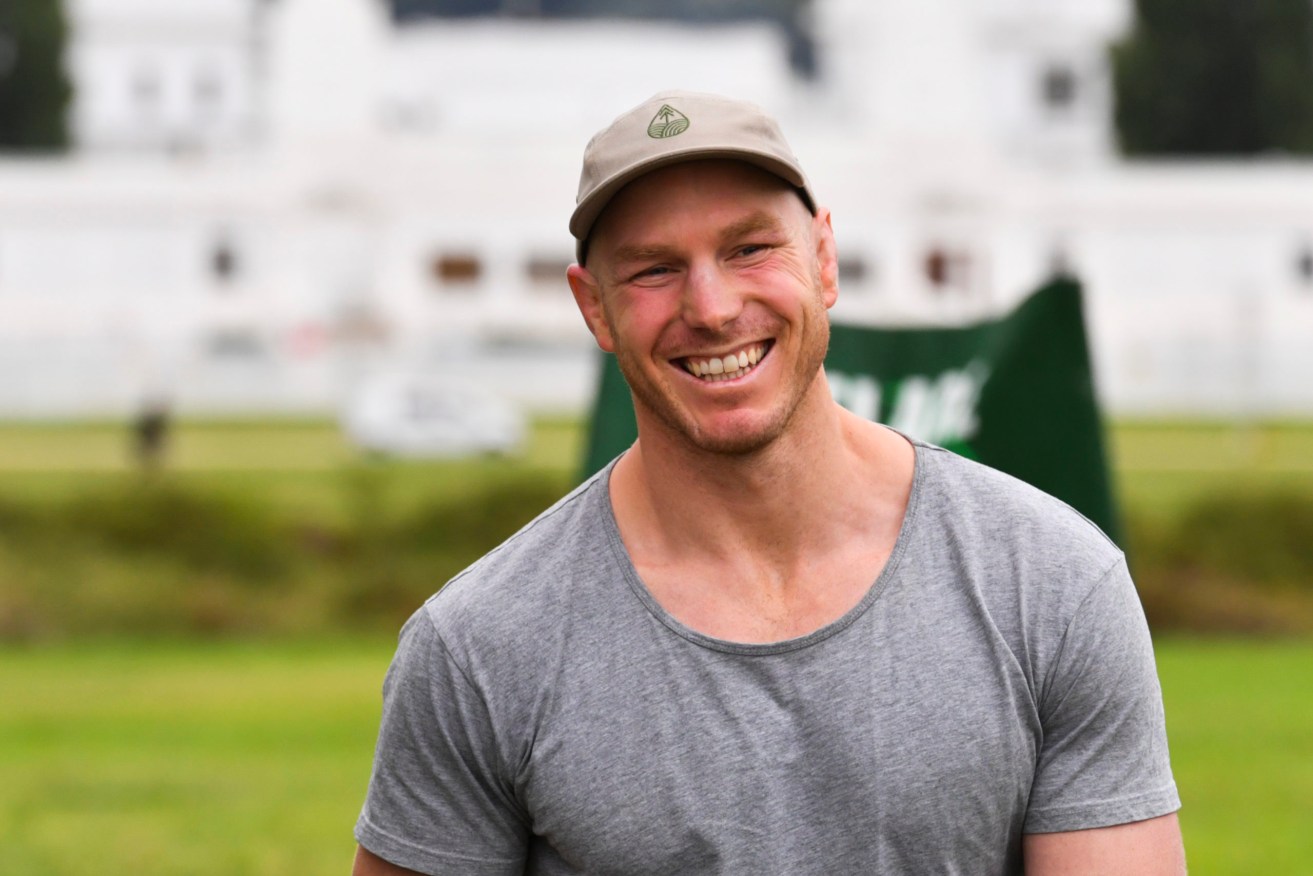
Former Wallaby player and now independent Senator David Pocock says cuts to cross-benchers' staff will make their job much more difficult. (AAP Image/Mick Tsikas)
Who wins and who loses as prime minister is decided in the House of Representatives which is why all attention will be on how many seats the Scott Morrison-led Coalition and Anthony Albanese’s Labor end up with when the votes are counted this Saturday.
We won’t get any real idea of the make-up of the Senate because votes for the Upper House won’t be counted until the Lower House count is exhausted – and then only the first preferences will be tallied up on the night.
This will give an idea of where the numbers are going – which parties are going to easily reach the quota of 14.3 percent needed to get one senator elected will become apparent but after four or five spots the last one or two will be in the known unknowns column.
A few days out from the votes being counted, it’s a good time to pick over the maybes and the maybe nots of the Senate race.
Two things are important to look for – who is going to get closest to a majority of the 76 spots in the Senate and, if neither Labor nor the Coalition get there, who will hold sway on the cross bench of minor parties and independents.
You have to remember the Senate is an epitome of gerrymander. There is a shocking malapportionment of where senators come from – Tasmania with a population of just over half a million people gets the same 12 senators as New South Wales where almost 8.2 million people reside.
The first thing to acknowledge is neither of the major parties will have their own way in the Senate – something that’s only happened once in almost half a century, which caused John Howard to get ahead of himself and bring in Work Choices.
This means Labor or the Coalition will have to negotiate with one or more of the minor parties or independents.
As always, Queensland has more interesting moving parts than other states. After Labor was left with the miserable result of having just one senator elected in 2019, they should manage two spots with Murray Watt and Anthony Chisholm getting back.
So will the LNP. The Liberal-aligned James McGrath will hold his seat along with the Nationals Matt Canavan.
The last two seats are where it gets interesting. According to the Poll Bludger track average of polls (not including this morning’s shock Resolve/Age/SMH), Labor is on just over 38 percent, level pegging with the LNP.
These levels of support should see the Greens get the fifth seat and the last might be Pauline Hanson’s for the taking. The only possible upset might come from Clive Palmer having enough hidden supporters to grab the final Queensland seat from Hanson.
This would give the Greens two Queensland senators – an historical high and a boost for the environmentally based party’s six existing crossbenchers.
This would be a big step on the path for the Greens to hold the balance of power in the Upper House in their own right.
There are three Greens senators up for reelection – in Victoria, Western Australia and Tasmania. The first two should easily hold on, with the Greens taking a last or second last spot regardless of who gets the other final prize.
In Tasmania the Greens might share the left side of the ledger with Labor taking up to four seats between them. The presence of Jacqui Lambie’s staffer trying for one of the last other spots complicates things for the Liberals but they should prevail. The alternative would be to have two Labor, two Liberal, one Green and one Team Lambie.
The Greens are also in the hunt to get a second senator in South Australia and New South Wales. If all of these possibilities played out, the Greens could have a dozen senators giving them the biggest third force in the Upper House ever, eclipsing the nine achieved by the Australian Democrats in 1998.
Other interesting sub-contests include the return of Nick Xenophon in South Australia – trying to claim some territory from anyone including his old colleague Rex Patrick from the Centre Alliance.
However, a poll commissioned by the Greens gave Xenophon barely enough support to nudge two fifths of a vote quota which would probably ensure a Greens victory elsewhere.
The final bit of fascination is the battle for the two senate places in the Australian Capital Territory – in the territories there are just two spots and the quota is 33 percent of the vote (also terms are for three not six years).
The incumbents are two senior politicians – Labor’s finance shadow Katie Gallagher and the Liberal junior minister Zed Seselja – but a very high profile, environmentally focussed, former rugby union star David Pocock is throwing a spanner into the works.
Along with another progressive independent, Kim Rubenstein, Pocock could push one or other of the big party incumbents out of their job – some polling says it’s going to be Gallagher but Labor says she’s safe.
A Senate with Labor’s existing 26 members and one possible extra from New South Wales, a dozen Greens and Pocock from the ACT would give the left side of the chamber a comfortable majority if deals can be done. It might be easier said than done but negotiating with the Greens would be a smoother ride than seeking to deal with Hanson or Palmer.
